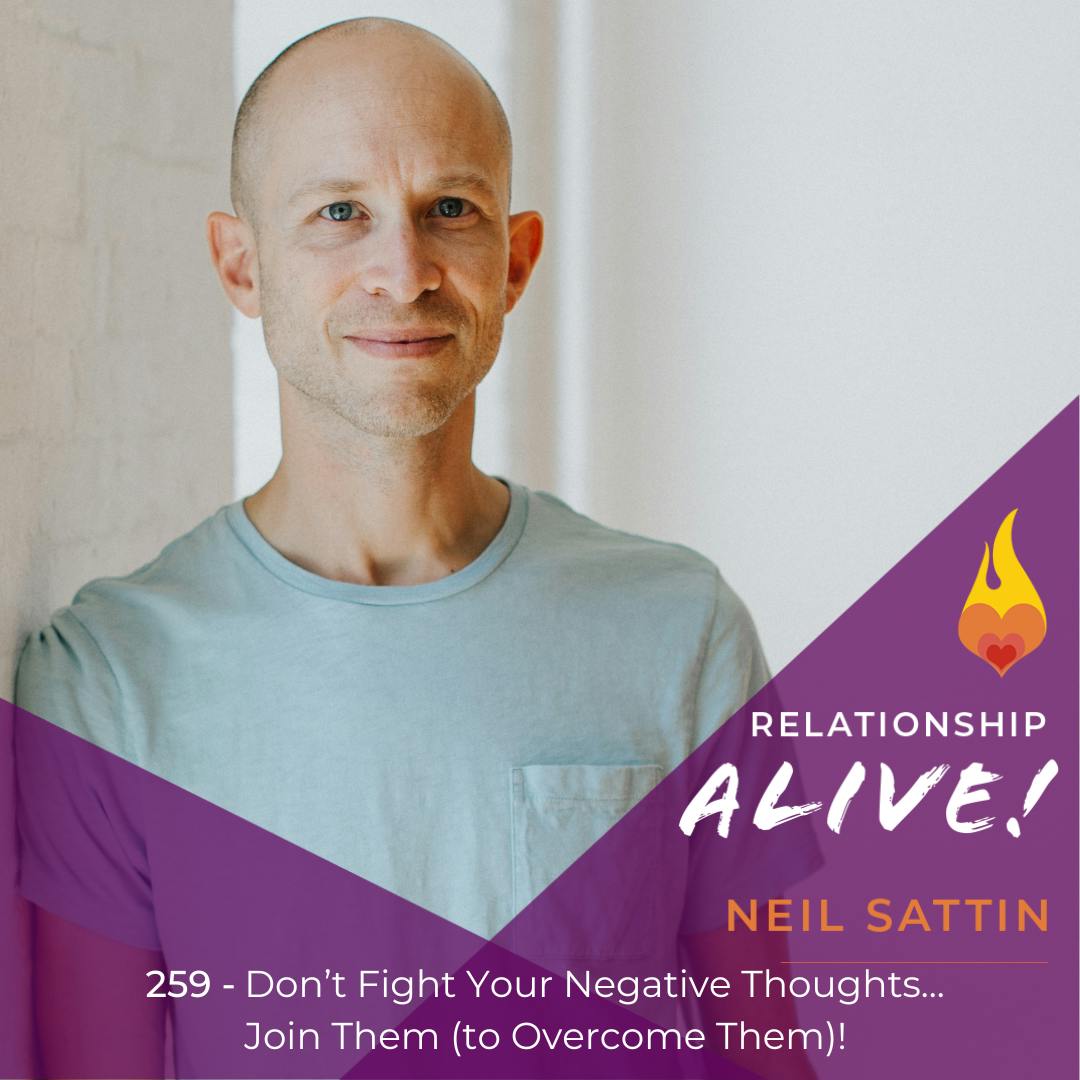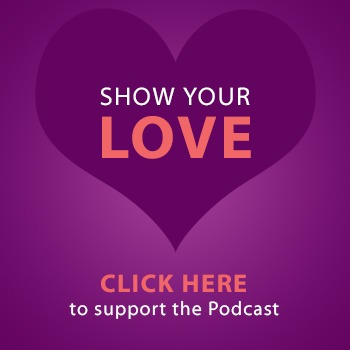Welcome back to my PhotoReading Course Review. I'm halfway through the course now, having just finished disc four. Disc four of the PhotoReading course focuses on Photoreading your first book - meaning you Prepare, Preview, and then PhotoRead the book, followed by Activating what you have photoread. For this step, Paul Scheele has us PhotoRead his book on PhotoReading (it's included in the course) - and which we already Previewed back on Disc Two (see below for links to all the reviews). I started this disc with curiosity about how the process would (finally) work for me, and I have finished this disc even more excited about progressing through the rest of the course.
By the way - I wasn't flaking out yesterday by not writing. In fact, the PhotoReading system suggests a delay between the time that you PhotoRead a book (remember, that's where you take in whole pages of text at once into your other-than-conscious mind) and the time that you Activate the book - preferably 24 hours (or a duration of time that includes a sleep cycle). I could have only waited 20 minutes (that's the minimum amount of time suggested), but I decided to proceed full-on with the experiment (plus there was lots to do chez moi, where we're preparing for my wife's birthday - which is today!). This morning I finished Disc Four (the first half is about photoreading the book, while the second half is about strategies for activating the book) - and here I am: disclaimer over.
While my initial reaction to having to PhotoRead a book about PhotoReading was one of skepticism, further thought made it totally clear the reason behind such a choice. We're learning the PhotoReading system on both the conscious level (going through the CDs one at a time) and the other-than-conscious level (PhotoReading the book about PhotoReading) - and developing further expertise in the PhotoReading system by Activating the contents of the PhotoReading book. Now, if you feel like you've read the word "PhotoReading" a little too much in this review, you're at least getting a sense of what I'm talking about - the course does a great job of IMMERSING you in the PhotoReading system. And, let's face it, that's really the only way that we're going to be able to develop an entirely new way to read and develop any degree of fluency in it - through immersion.
Another really cool thing is that I'm actually experiencing the program working - at least in the context of "learning more about PhotoReading, mastering the skill, and discovering ways to use the system to improve my daily life". I feel like my competency as a PhotoReader is gradually improving - PLUS I'm even more excited to finish the program and get cracking on the stacks of books around me (in my house) and awaiting me (at my local bookseller).
So along with Syntopic reading (which, as I mentioned earlier, is the method of PhotoReading a whole bunch of books covering all angles on a given topic, activating them all, and developing a comprehensive knowledge of that topic in relatively short order), I'm also excited about Direct Learning. Direct Learning synchs up PhotoReading with some other meditative methods that I've explored (particularly AHAM and the books of Neville Goddard) - methods that allow you to achieve results in your life through imagining (and experiencing) the feeling of having achieved a particular goal. With Direct Learning, in order to develop a particular skill (or new habit, or state of mind - you get the picture) you "inform" the imagining process through PhotoReading a bunch of different books that speak authoritatively about HOW to achieve the goal that you're after. Rather than activating the books (which is a step that works more with the conscious mind), you follow your PhotoReading with getting into the feeling of having accomplished your goal. Then you let your subconsious mind (and the Universe) do the rest. Sure, it's kinda mystical. But I've seen this work for me, in my own life, without the PhotoReading step - so I'm figuring that the addition of PhotoReading will only add more power to this method's ability to bring about increased knowledge, change, and improvement in my own life.
On a final note - I think that I mentioned in my introduction that I had also purchased a bunch of the Learning Strategies paraliminal CDs. One of those CDs was "Talking to Win" - which is a CD dealing with becoming an effective communicator, both in one-on-one settings (session A) AND in group speaking (session B). Two nights ago I gave a presentation in my capacity as a natural dog trainer to a local dog owners group. Now I have given many lessons to dog owners, and a few group lessons, but I have never had to give a presentation about myself and what I do (in a more informative capacity - as opposed to a lesson-oriented capacity). So I was a little nervous, and I decided to try session B of the "Talking to Win" paraliminal as an addition to my preparation repertoire.
Of course I have no way of being able to tell you what it would have been like without having listened to that paraliminal. I can tell you this however - while listening to the paraliminal CD I DID get into a very relaxed state, one where I barely remember the things that the CD covered (if at all). So it worked, at least in the sense that I was relaxed and WHATEVER it was trying to get into my subconsious mind probably got there. And then my presentation - well, I think that it went really well. I spoke completely extemporaneously, but managed to stay calm, collected, and connect with various members of the group as I was speaking to them. Some humorous things came out totally spontaneously (I know that humor helps with a presentation, but don't know any "dog training jokes") - and during the whole thing, when nervousness did come upon me, I was able to notice it and let it go without being distracted by it. Afterwards I also had a very clear list of all the things that I would do to improve my presentation the next time that I give it, and felt, in general, very positive about the experience despite having forgotten some major things (like actually telling people the name of my blog, for instance - fortunately it's printed on my business card, which I handed out). I would definitely include "Talking to Win" as part of my preparation ritual from now on, as my gut feeling is that it did help me on some level.
So, thanks for stopping by - as always feel free to ask any questions in the comments (or through e-mail: neil at neilsattin dot com). Stay tuned for my review of Disc Five. And for those of you who are waiting for me to talk about something else, rest assured - we'll be done with the PhotoReading course (and on to talking about things that I've been able to PhotoRead) shortly. I appreciate your patience, and willingness to come along on this journey with me.
And....Happy Birthday Tonya!
- PhotoReading Introduction and some words about Steve Pavlina.
- Review of Disc One of the PhotoReading Course.
- Review of Disc Two of the PhotoReading Course.
- Review of Disc Three of the PhotoReading Course.
- You are reading my review of Disc Four of the PhotoReading Course.
- Review of Disc Five of the PhotoReading Course and Natural Brillance by Paul Scheele.
- Review of Disc Six of the PhotoReading Course and Lucid Dreaming
- Review of Disc Seven of the PhotoReading Course.
- Review of Disc Eight of the PhotoReading Course and Deluxe versus Classic.


Trackbacks/Pingbacks